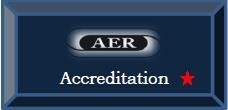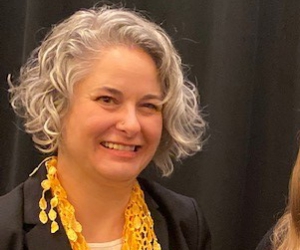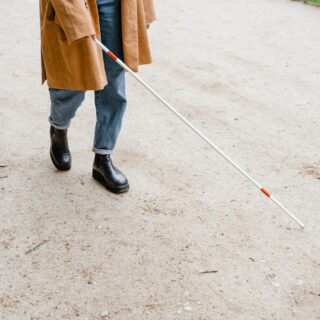Maximize your abilities to help the visually impaired and advance in your career by earning dual certifications.
This vision studies program prepares students to work both in preK-12 special education classrooms and as a mobility specialist for blind individuals.
This vision program consists of two graduate certificates: the Teacher of Students with Visual Impairments Certificate and the Orientation and Mobility Specialist for Individuals with Visual Impairment or Blindness certificate. Additionally, students can complete an optional Master of Education degree for an additional 6 credits.
The program is offered in a hybrid format, with most courses online and a limited number of workshops in person. Students also complete professional internship experiences that are required for their state teaching certification and orientation and mobility certification.


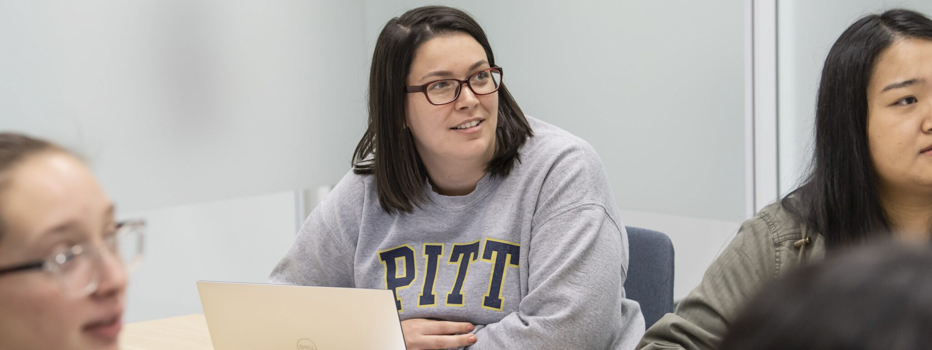
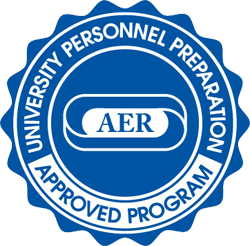 Legacy of Education
Legacy of Education